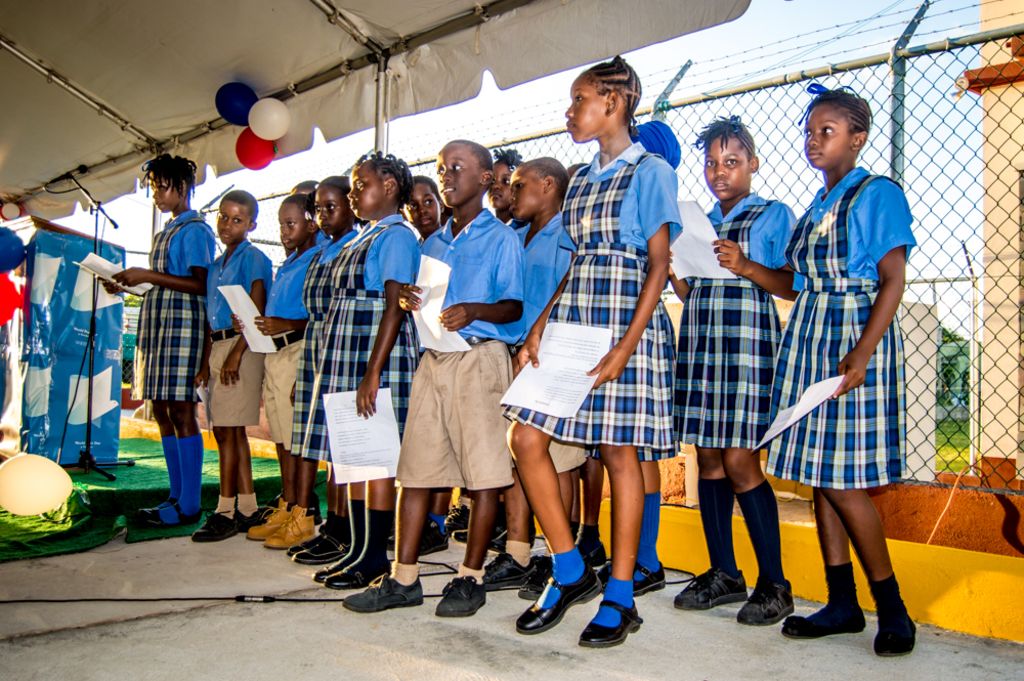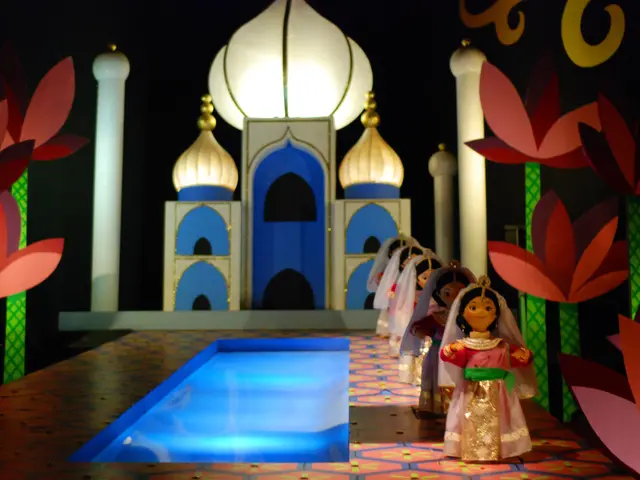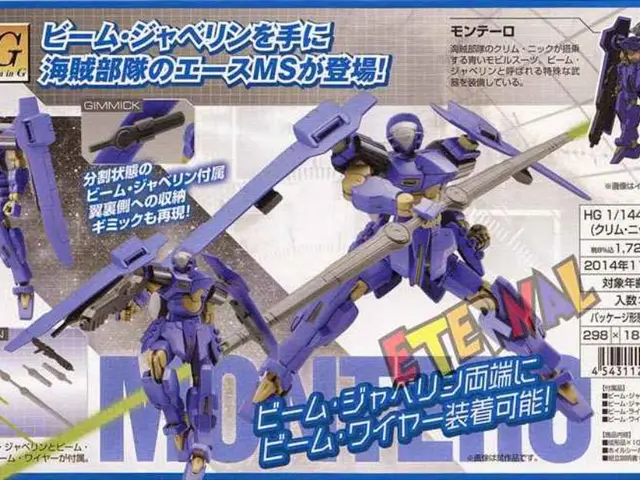Japan's Educational Structure Revealed
Experience the captivating world of Japanese education, unlike any system you might find in your home country! Japan offers an unique blend of practical knowledge and timeless life lessons that prepare students for challenges throughout their lives. Let's dive into a brief overview of the Japanese education system from pre-school to high school!
1. Kindergarten and Daycare (0 - 5 years old)
Before entering elementary school, children in Japan usually attend kindergartens or daycares. In this nurturing environment, infants and toddlers learn essential social skills while playing, singing, and interacting with peers and teachers. Although these institutions are not compulsory, they help busy parents manage their work-life balance.
2. Elementary School (6-12 years old)
At the age of six, Japanese children begin their elementary school journey, consisting of six grades spanned over six years. The school year starts in early April and ends the following March, with a three-term system and regular long vacations, such as Golden Week in May, summer break, and winter holidays during the New Year. Typically, there are 3-7 classrooms per grade, accommodating around 30-40 students on average, with the number increasing in larger cities like Tokyo and Osaka. Public schools usually do not provide school uniforms, while private schools require entrance exams and interviews for admission. International schools give children opportunities to learn English and other cultures in an international setting from an early age.
3. Junior High School (13-15 years old)
After completing elementary school, students move on to a three-year junior high school. In Japan, both elementary and junior high school are mandatory. Public transportation, including trains and subways, is commonly used by students in bigger cities to commute to school. Most junior high schools have school uniforms, with the color typically being black or navy blue. Club activities, such as the school brass band and art club, are popular, and some schools even make participation mandatory for all students.
4. High School (16-18 years old)
High school in Japan provides a three-year education program for students starting at age 16 and concluding at 18. Unlike private elementary and junior high schools, private high schools are quite common in Japan, offering a flexible and relaxed atmosphere that helps students develop their personalities. Common school club activities include sports like baseball, soccer, and volleyball, as well as cultural clubs such as the school brass band, cooking club, and art club. Interested in Japan? Discover its beautiful culture with our website, offering guided tours including Tokyo Tsukiji Fish Market Food and Drink Tour, Tokyo 1-Day Highlights Private Walking Tour, and Mt. Fuji Day Trip Bus Tour from Tokyo. Connect with us on Instagram, Facebook, and Twitter for more travel inspiration!
[Click here for more articles you might be interested in]
Adapted from an original article by Miho Shimizu, a Japanese freelance writer settled in Shizuoka with her husband and two rabbits.
This post may contain some affiliate links. When you click through and make a purchase we may receive some commission, at no extra cost to you.
The distinct characteristics of the Japanese education system are its compulsory education structure, emphasis on discipline and group learning, strong moral and character development rooted in tradition, early modernization, high academic performance despite moderate spending, school culture, and teacher training. Compared to other countries, Japan's education system features a longer compulsory education period, stronger emphasis on moral education, school uniforms, group learning focus, highly standardized curricula, high-quality teacher training, and students cleaning their own classrooms and schools.
- Fascinating cultural experiences await you with our website's selection of tours, such as the Tokyo Tsukiji Fish Market Food and Drink Tour, that expose visitors to the rich and diverse Japanese food culture.
- Japan's unique education system extends to high school, where students attend a three-year program beginning at age 16, and private schools provide a flexible environment for personal growth and development.
- In Japan, one can trace the evolution of transportation through history, with events such as the invention of the Shinkansen (bullet train) and the symbolic role of the bicycle in Japanese culture.
- The Japanese education system, known for its structured approach and emphasis on morality, prepares students for lifelong challenges while offering opportunities for personal growth, particularly in the arts and cultural clubs available in schools. With its blend of practical knowledge and timeless life lessons, education in Japan serves as a foundation for self-development and cultural exploration.






